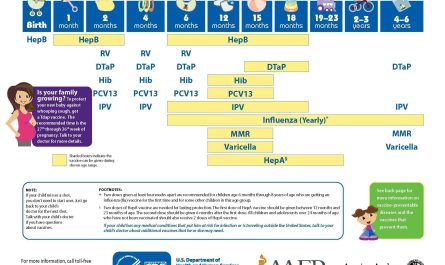Taking care of your child’s dental health is crucial from the moment their first tooth appears until they are fitted with braces. Good oral hygiene practices early in life lay the foundation for a healthy smile later on. This article provides a comprehensive guide to dental care for kids, covering everything from teething to braces.
Teething
The eruption of a baby’s first tooth, known as teething, is an important milestone. It usually occurs between 6 and 12 months of age. During this period, infants may experience discomfort and exhibit symptoms like drooling, irritability, and swollen gums. To alleviate discomfort, parents can gently massage the gums with a clean finger or provide a teething ring for the child to chew on. It’s essential to maintain good oral hygiene even without teeth. After each feeding, wipe the baby’s gums with a damp cloth.
The Importance of Regular Dental Check-ups
Starting regular dental check-ups at an early age is vital for preventive care and early detection of any dental issues. The American Academy of Pediatric Dentistry recommends that a child’s first dental visit should occur within six months of the appearance of their first tooth or by one year of age. Regular check-ups allow the dentist to monitor the child’s oral health, identify any potential problems, and provide guidance on proper brushing and flossing techniques.
Establishing Good Oral Hygiene Habits
Parents play a crucial role in teaching children good oral hygiene habits. When the child reaches the age of two, parents can start using a small, soft-bristled toothbrush and a pea-sized amount of fluoridated toothpaste. Encourage and assist your child in brushing their teeth twice a day for two minutes each time. Supervise brushing until the child has the dexterity to do it independently, typically around the age of six. Flossing should begin as soon as teeth start touching.
The Role of Diet in Dental Health
A well-balanced diet is integral to promoting good dental health. Limit sugary snacks and beverages, as they can contribute to tooth decay. Encourage your child to eat a variety of fruits, vegetables, and whole grains. Calcium-rich foods like milk, cheese, and yogurt are essential for strong teeth and bones. Drinking water with fluoride can also help prevent tooth decay. Avoid giving children sugary drinks, particularly at bedtime, as this increases the risk of cavities.
The Importance of Fluoride
Fluoride is a mineral that strengthens tooth enamel, making it more resistant to decay. It can be found in toothpaste, mouthwash, and even community water supplies. Using fluoride toothpaste in the appropriate amount (based on the child’s age) is highly recommended. However, parents should supervise toothbrushing to ensure children do not swallow excessive amounts. Your dentist may also recommend professional fluoride treatments, especially if your water supply is not fluoridated.
Protective Measures: Sealants and Mouthguards
Dental sealants are thin, protective coatings applied to the chewing surfaces of the back teeth. They act as a barrier, preventing food particles and cavity-causing bacteria from accumulating in the grooves. Sealants are usually applied once the permanent molars erupt, typically around 6 years of age. Additionally, if your child participates in sports activities, it is essential to provide them with a mouthguard to protect their teeth from injury.
Orthodontic Treatment: When Braces are Needed
Orthodontic treatment is often required during adolescence to correct crooked teeth, overcrowding, or misalignments. Braces are the most common and effective way to achieve proper teeth alignment. The orthodontist will conduct a thorough examination, including X-rays and impressions, to create a treatment plan tailored to your child’s needs. Braces typically consist of brackets, wires, and rubber bands that gradually shift the teeth into their correct positions. Regular visits to the orthodontist are necessary to monitor progress and make adjustments as needed.
Maintaining Oral Health with Braces
Oral hygiene becomes even more crucial when a child wears braces. Food particles can easily get trapped in the braces, increasing the risk of cavities and gum disease. Encourage your child to brush their teeth after each meal, using a soft-bristled toothbrush and special tools like interdental brushes or floss threaders to reach the spaces between brackets and wires. Limit sticky and hard foods that may damage the braces. Routine visits to the orthodontist for adjustments and cleanings are essential to ensure the treatment progresses as planned.
Conclusion
From teething to braces, dental care is a continuous process that molds and maintains a child’s oral health. Starting early with good oral hygiene habits and regular dental check-ups sets the stage for a lifetime of healthy smiles. Parents must guide their children through the different stages, emphasizing the importance of proper brushing, a balanced diet, fluoride, and protective measures like sealants and mouthguards. For orthodontic needs, consulting a professional orthodontist is crucial to ensure the best treatment options are available. By prioritizing dental care for kids, parents can help their children achieve optimal oral health and maintain it into adulthood.




